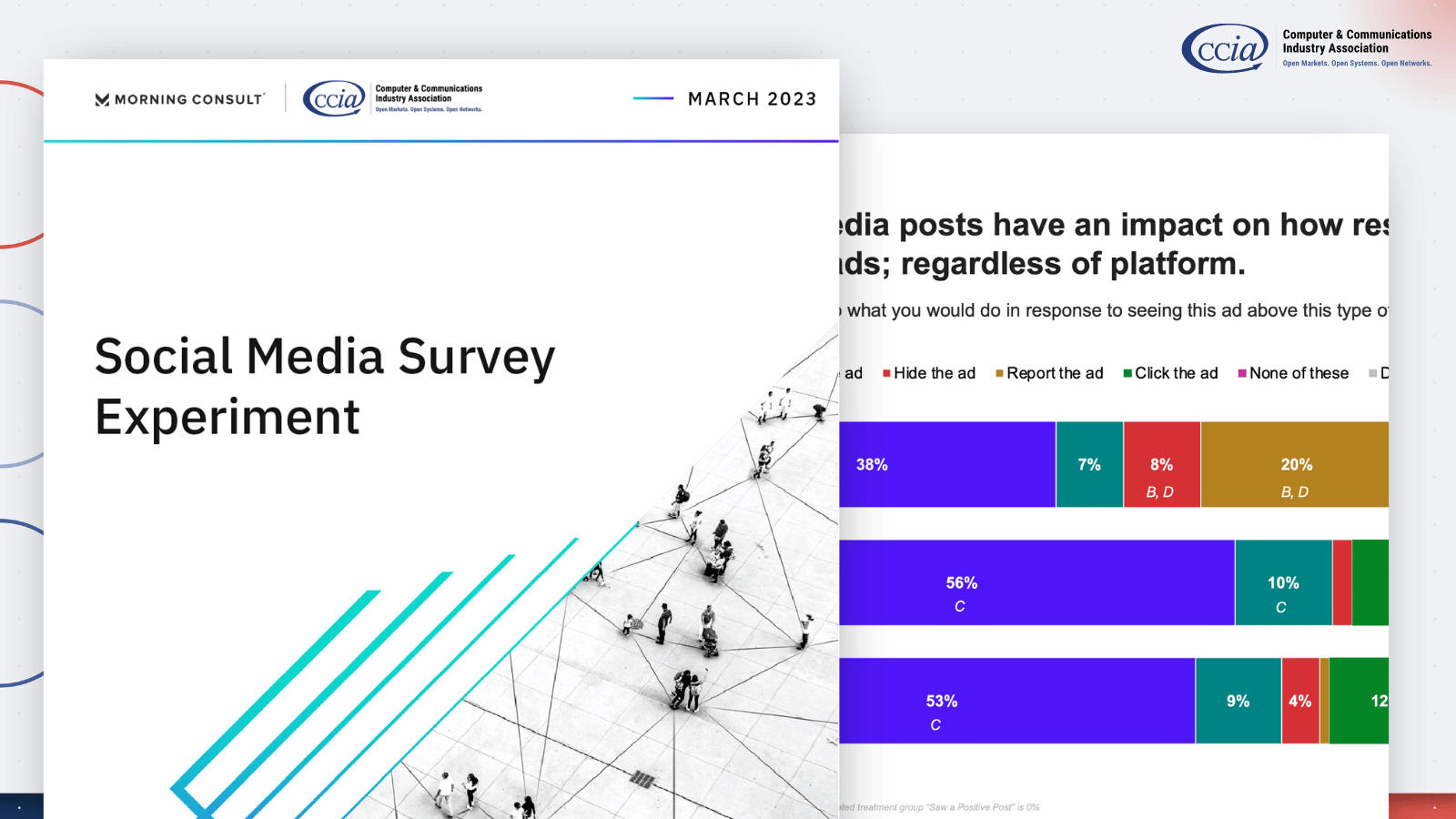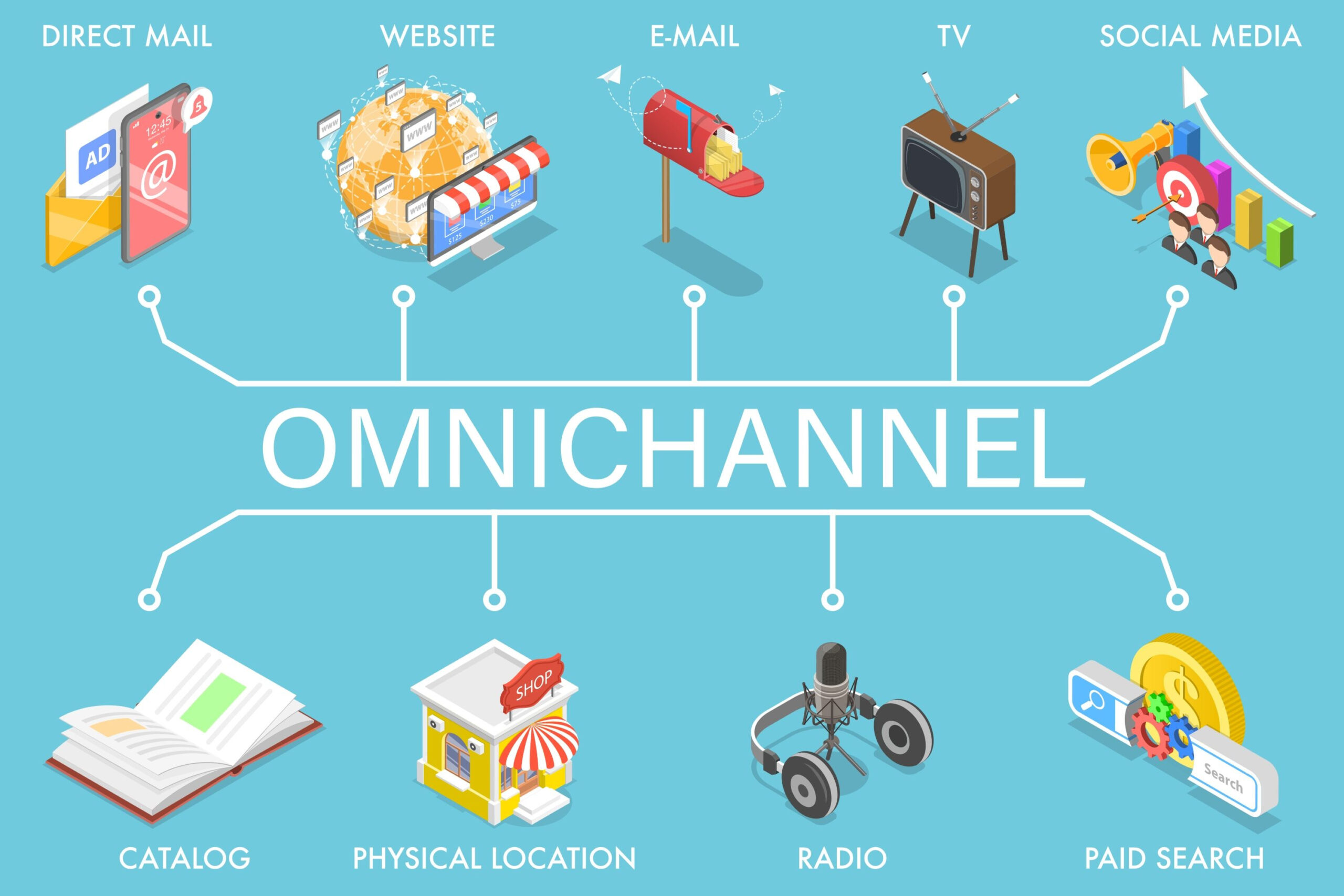You Wouldn’t Download a Car, Would You?
We’re overdue to talk about 3D printing. If you know what I’m talking about, you can skip the next four paragraphs. If not, read on.
At some point in the not-too-distant future this post will be an anachronism, like a N.Y. Times article from the late 80s waxing on about that whole ‘computer mail’ thing. (“…and then the message you wrote on your computer appears on their screen!”) In the 1980s, the article was prescient, and yet in that moment we might have read that article and thought, ‘why do I need a computer to send mail when I have the Postal Service?’ This is another one of those moments.
The term ‘3D printing’ refers to “additive manufacturing” – depositing successive layers of a substance in order to produce an object. This is distinct from “subtractive manufacturing,” in which you start with a block of something and cut it down to your desired shape. Online businesses have already been milling and laser-cutting to fit user-uploaded CAD (computer-aided design) specifications for years, and technically that isn’t the “additive” process associated with 3D printing.
Given the rate of innovation in manufacturing, we’re not far from widely available consumer-grade devices into which a non-expert can input CAD files – including specifications that might have been scanned from an existing object – and out pops a manufactured object. While it will take years before these devices reach the ease of use associated with your desktop inkjet, you can already buy 3D printers on Amazon.
It goes without saying that we won’t refer to “3D” printing forever. The term will eventually sound like “Information Superhighway.” CAD-driven object production will simply be “printing” the same way we refer today to “writing” messages when few of us actually put pen to paper to embody our thoughts. We’ll “print” objects just like we “write” emails.
Possibilities of 3D Printing
The opportunities of 3D printing are nearly boundless. Because customization is much less costly, unique units are not substantially more expensive, per unit, than a mass-produced object. The absence of fixed costs presently benefits areas requiring low volume and high customization, such as prototyping and health care applications (including prostheses). This is only the tip of the iceberg, however. Consumer-grade devices could allow home production of objects with applications difficult to imagine today. Just as it once would have been unthinkable to print tickets at home and skip the box office or ticket counter, in the future a manufacturer could send customers the CAD specs for a replacement part, which could be printed on demand at home. Indeed, the entire product itself might be downloadable, just as software today is increasingly delivered not on a disk but by digital download.
Like all new technologies, 3D printing will be deployed in both amazing and offbeat ways. YouTube videos change the course of elections. Or feature cats. We can expect to see a wave of innovation, such as custom medical devices, affordable housing in developing nations, as well as less useful items, like a fetus replica. Or meat. (Good luck clearing that printer jam.) …
While 3D printing received attention in some Economist articles [1] [2] back in April, these explored the technological possibilities principally from the perspective of a manufacturing revolution. And this it will certainly be. The prize for early media coverage noting the IP and regulatory implications, however, probably goes to the N.Y. Times [1] [2]. The regulatory implications are important because, like so many other innovations, 3D printing is likely to encounter regulatory resistance instigated by incumbent constituencies which stand to be disrupted by the technological change.
Rights and Liabilities
Like all technological revolutions, 3D printing technology will create winners and losers. Consumers will benefit, but as the organization Public Knowledge pointed out in a 2010 paper on 3D printing appropriately titled “It Will Be Awesome If They Don’t Screw It Up”, a variety of interests could demand restrictions on access to this technology. Replacement parts, for example, would be much more available to consumers, undercutting manufacturers who sell high-priced replacements for simple components.
Those disrupted by 3D printing will not, of course, head to Congress saying, “hey, there’s this amazing technology used to make custom prostheses for amputees, but it’s going to eat my lunch so you have to stop it.” Instead, there will be hand-waving about people printing ‘bad’ things – counterfeit parts, for example, or — as Cory Doctorow imagines it in Makers, a 2010 futurist novel about 3D printing — we could witness hysteria about “printing off AK-47s”. (This may not remain in the realm of fiction for long.)
When interviewed on this subject by the Guardian, Doctorow related a story of a music industry representative exhorting other businesses to join the fight against infringement, since
every business would be “dead in the water” because of trademark infringements once everybody’s desk has a 3D printer on it. Doctorow was outraged at the lack of imagination. “If he thinks that the major consequence of a 3D printer is going to be trademark infringement, well, it’s like saying ‘you just wait until the railroad comes along and all you people who rely on your income sewing up oat bags for horses’ noses are going to be out of business’,” says Doctorow.
It is no coincidence that in the 1600s during the original printing revolution, printing technology was similarly construed as dangerous, since printers could easily distribute seditious and heterodoxical texts at a time of great religious upheaval. (For more on this, see Ray Patterson’s Copyright in Historical Perspective.) Just as the early printing revolution was restricted by the State and supported by interested industries, we can expect interested industries to petition for the state to prevent “dangerous” 3D printing in the near future.
And while existing trademark, trade dress, design protection, and patent law adequately protect creative or innovative three-dimensional objects, the availability of 3D printing may increase the costs of enforcing these rights – particularly when CAD specifications will be easily shared online.
Moreover, we know from previous cases that when enforcing existing legal entitlements has become more expensive for rights-holders, efforts are made to shanghai peripheral industries into enforcing and securing third party rights. Everyone, it is declared, is “expected to do their part,” and those who won’t subsidize neighboring industries are accused of “supporting theft.” This cost externalization manifested in copyright law in the Digital Millennium Copyright Act, and as Michael Weinberg for PK reasonable speculates, “there will be a time when impacted legacy industries demand some sort of DMCA for 3-D printing.”
The DMCA already applies here, of course: since a CAD design would qualify as a derivative work, a file describing a sufficiently creative object could arguably be subject to a takedown demand under existing law. For an example, see this case involving a CAD file for a sci-fi movie prop. Yet as the SOPA/PIPA fight demonstrated, rights-holders tend not to be satisfied with existing law when more enforcement costs can still be externalized, one could expect additional efforts, such as proposals for technology mandates on 3D printers that restrict them from rendering protected objects. While these kinds of restraints are unlikely to work, there’s no need to worry about efficacy if you’re spending someone else’s money.
Smart incumbents attack the babe in its crib. If one waits too long, policymakers will be wary of rolling back the revolution after consumers understand the potential benefits; thus incumbents are incentivized to strike before the policy process fully appreciates what is at risk. The future of manufacturing will depend on how quickly those who stand to be disrupted by 3D printing marshal their resources, and whether the 3D printing industry is politically aware enough to meet them on the field of battle.









